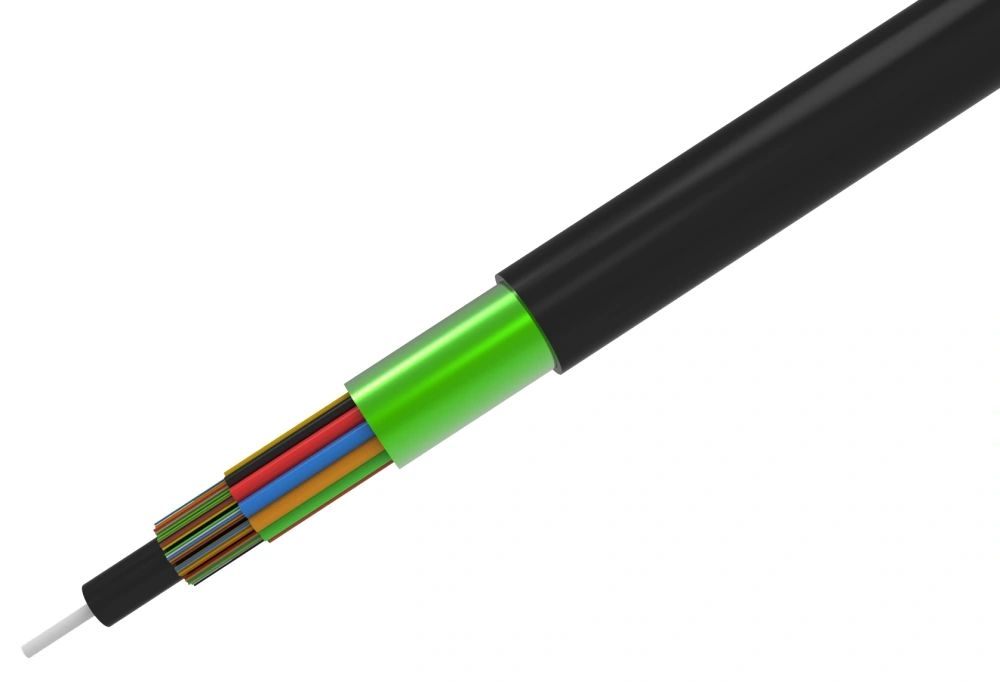The Relationship between Indoor Optical Cable Performance and User Experience

Indoor optical cables play a crucial role in providing reliable and high-speed internet connectivity. The performance of these cables directly affects the user experience in terms of internet speed, stability, and overall satisfaction. Extensive research has been conducted to study the relationship between indoor optical cable performance and user experience, aiming to optimize the design and deployment of these cables for improved connectivity.
Factors Influencing Indoor Optical Cable Performance
Several factors influence the performance of indoor optical cables, ultimately impacting the user experience. These factors include cable quality, length, bending radius, and installation techniques.
Cable Quality: The quality of optical cables, including the materials used and construction techniques, directly affects their performance. High-quality cables with low attenuation and low dispersion provide better signal transmission and, consequently, result in a better user experience.
Cable Length: The length of the optical cable between the user's device and the service provider's equipment can impact the signal strength and latency. Longer cables may introduce higher attenuation and latency, leading to a degraded user experience.
Bending Radius: The bending radius of optical cables should be within the recommended limits to avoid signal loss and degradation. Improper bending can lead to increased attenuation and impact the user experience.
Installation Techniques: The installation process of indoor optical cables is critical for ensuring optimal performance. Proper cable routing, avoiding sharp bends or obstructions, and using appropriate connectors and termination methods are essential for maintaining signal integrity.
Measuring User Experience with Indoor Optical Cables
Research efforts have aimed to develop metrics and methodologies to measure user experience related to indoor optical cables. These include the following parameters:
Internet Speed: The speed at which the user can download or upload data is a critical factor in determining the overall experience. Research focuses on measuring the actual speed achieved by users through indoor optical cables.
Latency: The delay between a user's action and the response received is another important aspect of user experience. Studies have explored the impact of indoor optical cables on latency and measured the time taken for data to traverse the cable.
Signal Stability: The stability of the signal transmitted through indoor optical cables significantly impacts the user experience. Constant fluctuations or interruptions can lead to dissatisfaction. Researchers have investigated the stability of the signal and evaluated its impact on user experience.
Conclusion
Extensive research is underway to understand the relationship between the performance of indoor optical cables and user experience. By considering various factors influencing cable performance and developing metrics to measure user experience, researchers aim to optimize indoor optical cable design and deployment. Enhancing cable quality, minimizing signal degradation, and maximizing internet speed and stability will ultimately lead to an improved user experience in terms of connectivity and satisfaction.



